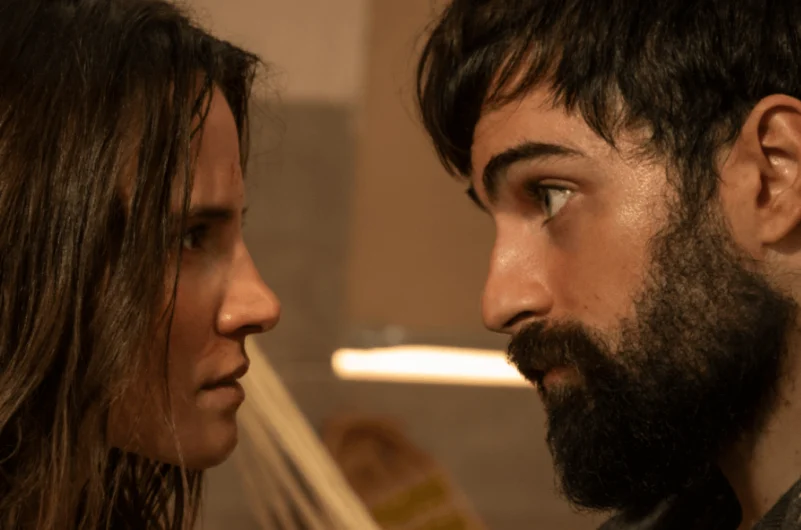As Netflix expands its international catalog, European Portuguese series are finally gaining global attention. Shows like Glória and Rabo de Peixe (Turn of the Tide) have reached millions of viewers, proving that Portuguese storytelling has worldwide appeal when localization is done right. But translating a show isn’t just about subtitles—it’s about preserving tension, humor, regional identity, and emotional nuance. English-speaking viewers expect clarity and flow, and that means Netflix’s localization teams must craft dialogue that feels authentic rather than foreign.
In this article, we’ll break down the exact strategies Netflix uses to bring Portuguese productions to English-speaking audiences. We’ll look at how the platform handles slang, historical language, Açorean accents, cultural references, humor, and narrative tone. Using insights from Glória and Rabo de Peixe, we’ll explore what works, what changes in translation, and how Netflix balances authenticity with accessibility. If you’re studying European Portuguese to English localization, these shows provide some of the best real-world lessons available.
- Respecting Historical Context inGlória
The series is set during Portugal’s Cold War-era dictatorship, meaning the language carries political weight. Translators adapt terms related to censorship, espionage, and propaganda using historically accurate English equivalents to maintain credibility.
- Translating Salazar-Era Formality
Dialogue in Glória reflects rigid social hierarchies. When characters use formal verbs and honorifics, translators mirror this using polished, respectful English phrasing rather than strict literal forms.
- Navigating Açorean Dialects in Rabo de Peixe
The Açores region has strong dialect features. Instead of forcing literal vocabulary into English, Netflix focuses on capturing tone, rhythm, and personality while eliminating dialect markers that would confuse English viewers.
- Balancing Authenticity with Accessibility
Netflix’s localization teams keep enough Portuguese flavor to preserve identity but avoid overloading subtitles with unfamiliar phrasing. This balance ensures cultural immersion without sacrificing comprehension.
- Adapting Portuguese Humor
Rabo de Peixe uses sarcastic, dry humor. Translators often reconstruct jokes from scratch to preserve timing and punch rather than relying on literal wording, which would fall flat in English.
- Handling Profanity and Slang
Portuguese profanity carries different emotional weight. Netflix’s translators adjust the intensity depending on the scene, making sure the English version matches tone—not literal vocabulary.
- Cultural References and Local Geography
Both series mention landmarks, politics, customs, and food. Translators choose whether to keep terms in Portuguese with context clues or replace them with short descriptive equivalents when needed.
- Subtitling vs. Dubbing Priorities
Subtitles stay closer to original Portuguese dialogue because of space constraints. Dubs often rewrite lines for natural English speech flow while keeping character intent intact.
- Matching Character Identity Through Language
Working-class characters, elites, fishermen, and military officers must all sound distinct. Translators use English dialect shifts—not accents—to differentiate them without stereotypes.
- Emotional Accuracy Over Literal Accuracy
Netflix’s priority is always emotional truth. When Portuguese expressions lose force in English, translators adapt them to preserve impact rather than structure.
Conclusion
Netflix’s success with Glória and Rabo de Peixe proves that European Portuguese storytelling can resonate globally when localization is done thoughtfully. Instead of relying on word-for-word translation, Netflix’s language teams focus on emotional clarity, cultural authenticity, and natural English dialogue. From Cold War political terminology to Açorean dialect quirks, each challenge becomes an opportunity to refine the viewer experience.
Localization isn’t about erasing Portuguese identity—it’s about creating entry points for an audience unfamiliar with the culture. And when done well, it allows English-speaking viewers to enjoy the depth, humor, and tension of Portuguese productions without missing key contextual layers. If you’re working with European Portuguese to English translation, studying these shows offers a masterclass in adaptation strategy. The takeaway is simple: prioritize meaning, protect cultural soul, and translate with the audience’s perspective in mind.
FAQs
- Why does Netflix adapt dialects instead of translating them literally?
Because literal dialect translation would confuse viewers and disrupt flow. - Do English subtitles always match English dubs?
No—dubs prioritize natural speech flow, while subtitles stay more concise. - How does Netflix handle Portuguese regional slang?
They match tone rather than vocabulary, ensuring emotional accuracy. - Why are some Portuguese cultural terms left untranslated?
Leaving them intact adds authenticity when context makes meaning clear. - Are localization teams different for each Netflix region?
Yes—Netflix uses region-specific language specialists for accuracy and nuance.


